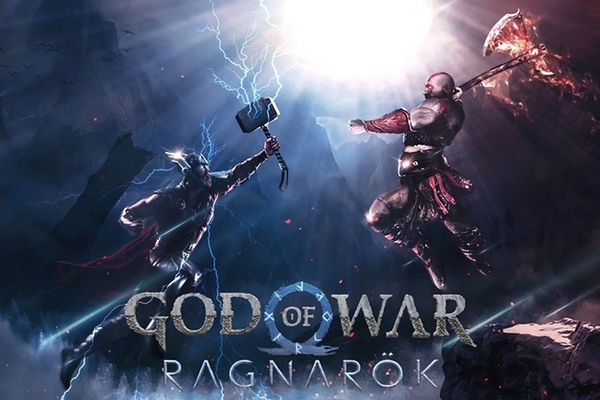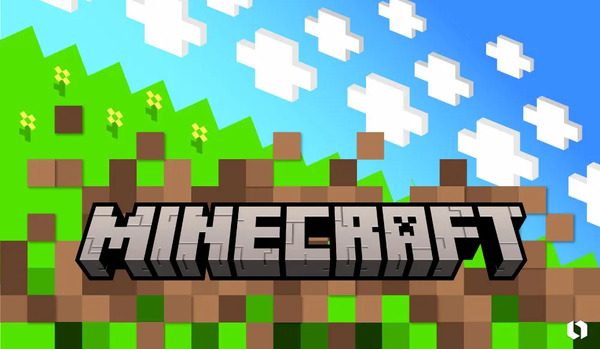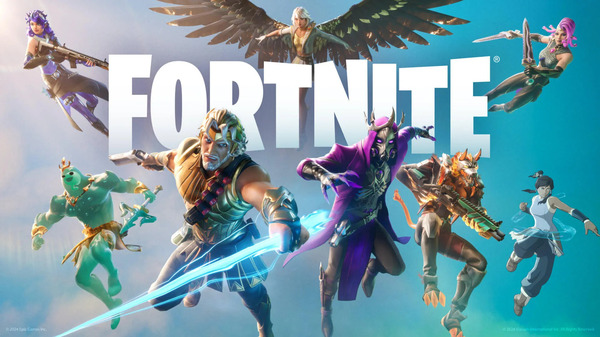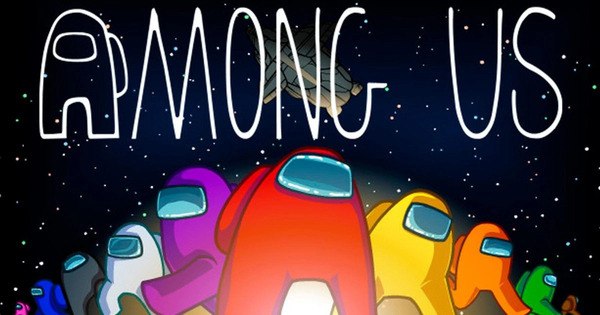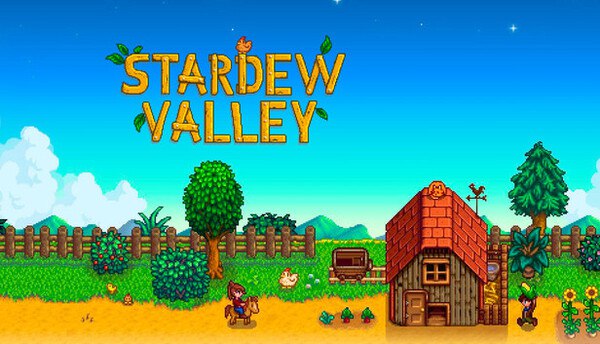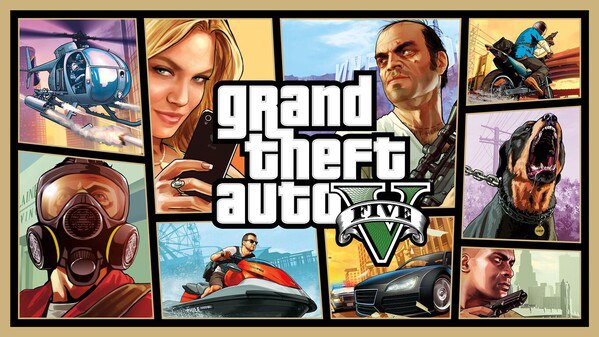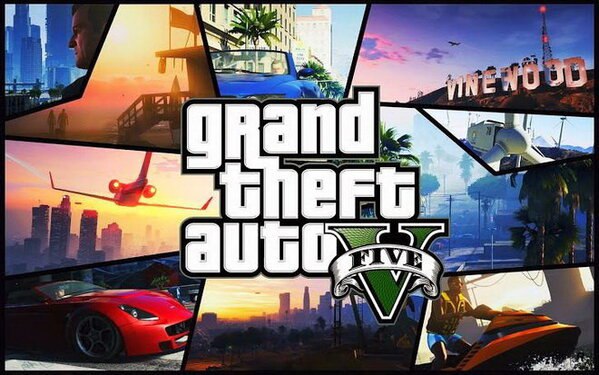The Outer Worlds 2 marks a new chapter for Obsidian Entertainment’s beloved franchise, poised for an October 29, 2025 release. Sporting Unreal Engine 5, deeper RPG mechanics, expansive environments, and sharper companion systems, this sequel sets its sights on redefining space‑faring role‑playing games. In this expert analysis, we explore its origins, systems, story, technical ambitions, and community expectations across ten thematic sections. Prepare for a journey to Arcadia like never before.
1. Sequel Announced: From Rumors to Official Reveal
Talk of a sequel began mere months after The Outer Worlds debuted in 2019, as fans clamored for more star‑system shenanigans. Obsidian confirmed Outer Worlds 2 at E3 2021, with Tim Cain returning to guide design—a major vote of confidence in its potential.
Build momentum followed steadily. A Game Awards trailer in December 2024 unveiled Arcadia’s fractured biomes and faction conflict. By June 2025, Xbox confirmed the game’s October launch window and premium status at $79.99, marking a bold step in scale and scope.
2. Arcadia’s Turmoil: New System, New Dynamics
Abandoning Halcyon, the sequel transports players to Arcadia—a star system disrupted by space‑time rifts. The collapse of central governance gave rise to three major factions: the harsh Protectorate, the exploitative Auntie’s Choice, and the zealous Order of the Ascendant.
This faction triad fuels most conflict. Missions will often involve balancing loyalties, brokered truces, or igniting wars. As a looming rift‑related cataclysm threatens, players’ allegiances carry consequences that ripple across settlements and faction morale.
3. Visual Evolution: Unreal Engine 5 in Action
Powered by Unreal Engine 5, Outer Worlds 2 delivers photorealistic worlds linked seamlessly via world partitioning, eliminating load screens. Nanite technology fills terrain and architecture with cinematic detail, from massive forest canopies to skyscraping laboratories.
Dynamic Lumen lighting adapts to explosions, day‑night cycles, and environmental decay. Interactive shaders, volumetric fog, and NPC animations render Arcadia as a living, breathing system rather than a backdrop.
4. Combat Overhauled: Sharpening the Shootouts
Obsidian looked to action‑FPS staples when designing Outer Worlds 2 combat. Guns now feel weightier and more nuanced, offering freeze rifles, plasma scatterguns, and elemental hybrids. Melee weapons return stronger with more advanced animations.
Stealth mechanics offer body disposal, non‑lethal incapacitation, and environmental hacks. Detection fades over color-coded meters, letting players subtly escape rather than reset. Pausable time‑dilation returns for tactical flair when engaged.
5. RPG Deepened: Traits, Flaws, and Perk Customization
Following in New Vegas’ footsteps, the sequel introduces mandatory flaw perks like "Moon Sickness" or "Quick Temper"—each imposing meaningful drawbacks for powerful trade‑offs. Positive traits remain powerful but come with proportional consequences.
Beyond traditional stat trees, players can alter dialogue styles, reputation dynamics, and quest solutions based on background and trait pairing. With over 100 perks and ten flaw combinations, each playthrough can feel dramatically different.
6. Companions with Substance: Emotional Engagement
Returning companions—such as Niles, Valerie, and Aza—are now deeply woven into faction intrigue. Each has multi‑stage quest arcs that can climax in loyalty, betrayal, or departure. Choices during critical missions may shatter or save bonds for good.
Deeply reactive companions register faction actions on converse reactions and Affinity levels. Talk over comms, cutting verbal exchanges, or uplifts in loyalty affect gameplay and world history, shaping outcomes.
7. Narrative Layers: Satire, Choices, and Consequence
True to form, Outer Worlds 2 retains its dark humor and biting corporate satire, now targeting authoritarian regimes and consumerism à la a sci‑fi dystopia. Anchor storyline revolves around rift diplomacy—heal the tear or weaponize it?
Choices echo across the system thanks to reactive radio feeds, propaganda broadcasts, and evolving ambient dialogue. Save a colony and their mantra floods channels. Betray a friend, and their absence is mourned in town squares and verbal rumor.
8. Exploration Variety: Multiple Biomes, Hidden Mysteries
Arcadia includes an incredibly varied menagerie of worlds—from moon estates to neon rainforest outposts. Each biome offers unique physics, hazards, and traversal mechanics (glide systems, frost traversal, vine climbing).
Hidden caves, data archives, collectible lore logs, faction tactics boards—these dot even small quest zones. Side tasks have no fixed order and often lead to valuable gear upgrades, rare mods, or alternative faction outcomes.
9. Modern Platform Strategy and Price Tag
Outer Worlds 2 releases October 29, 2025, on Xbox Series X/S, PlayStation 5, and PC with day‑one Xbox Game Pass support. At $79.99, it's Microsoft’s first AAA single‑player RPG at that price tier, spotlighting a renewed industry trend toward premium pricing.
Game Pass support may soften consumer sticker shock, but hardcore fans are wary of full retail value, especially as past RPGs have launched with pricing concerns.
10. Post‑Launch Support and Community Ambitions
Obsidian plans for two major expansions bundled in a Premium Edition, reflecting a long‑term content roadmap. They’ve promised seasonal events, quality‑of‑life improvements, and potential mod‑support tools. Community response will heavily influence DLC content.
Legacy tools from the original—like quest developers and companion editors—might get official backing, fostering mod communities like those seen in Skyrim and Fallout.
Conclusion
The Outer Worlds 2 is shaping up to be Obsidian’s most ambitious sci‑fi RPG yet—with stunning technical presentation, deeper systems, impactful companions, and thematic weight. Stakes are higher and choices carry more consequences in a living, breathing star system on the brink. When it launches October 29, 2025, both long-time fans and RPG newcomers will find much to admire—so long as Obsidian delivers with polish and pacing. The sequel promises opportunity, challenge, and satire in equal measure.


















